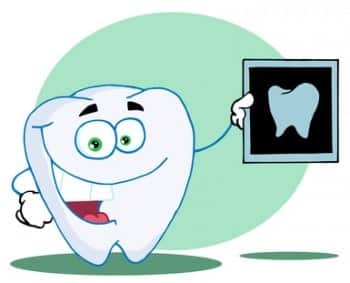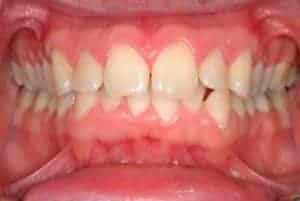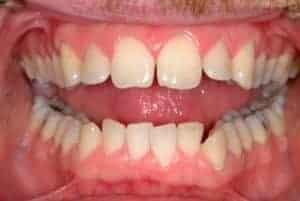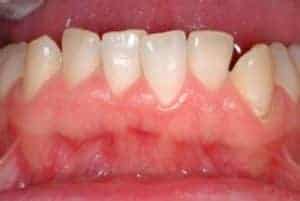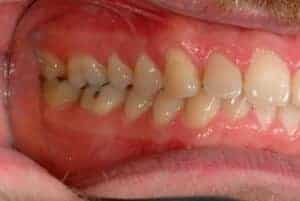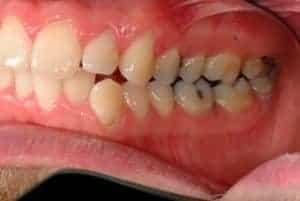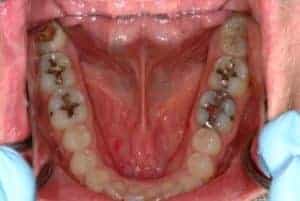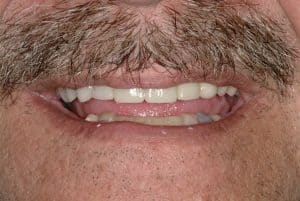Digital photography plays an important role in any great dental clinic. These photos can not only help dentists make a better diagnosis, they can help the patient better understand the state of their oral health.
“I can’t state the benefits of digital photography enough,” says Dr. David Brusky. “Many of my new patients tell me they’ve never had digital photos of their mouth taken, but they are so valuable for teaching our patients proper oral care, and in making accurate diagnoses. I take between 12 and 20 images of every patient’s mouth at the initial exam, and then use them during the consultation.”
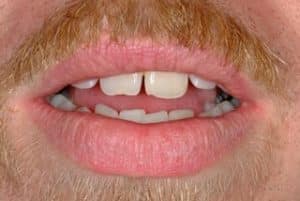
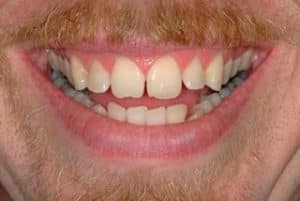
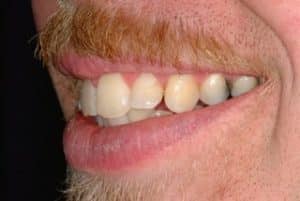
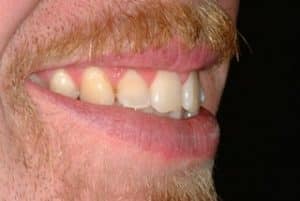
He finds that the ability to physically show his patients what he is talking about aids tremendously in helping them take charge of their oral health.
For instance, during his exam, Dr. Brusky may find that one tooth in the mouth has a significant amount of staining, much more than the teeth surrounding it. By having digital images that can be displayed on a screen for the patient to look at while he is discussing the situation, the patient can visualize what he explaining. From there, he can discuss possible reasons why the tooth may be more difficult to clean and discuss necessary steps to better aid the patient in protecting their oral health.
“With digital photography, we also have the ability to zoom in and show patients areas of their teeth that might be cause for concern that they haven’t even noticed,” says Dr. Brusky. “We may notice a small spot on a tooth that isn’t completely visible to the patient, but that is cause for concern. By being able to bring up a digital image, and then zoom in to show the patient what we’re discussing, it gives them the ability to be a partner in their treatment by helping them better understand our concerns.”
Photos allow a dentist to show a patient who may suffer from a bad bite how that bite is causing damage to their teeth. An abnormal bite can put extra stress and wear and tear on the teeth, but may not be immediately visible to a patient. By looking at a photo that is centered on that area, a patient can see how their bad bite has resulted in damage to the surface of the teeth.
These photos are also excellent for discussing gingival health with patients. While gingivitis and periodontal disease are often painless, there are tell-tale signs that a patient has poor gum health. The patient may not realize it, but he can pull up the digital images, and point to signs that indicate gum diseases, such as gums that are exceedingly red, or gums that appear to have some recession. But he can also discuss other things that may have led to the red gums, such as mouth breathing, flossing differently, or poorly contoured restorations.
“Digital photos can be an important component to every dental office’s exams,” says Dr. Brusky. “Because we can take photos from a variety of angles, we can show the patient the health of their entire mouth. A patient may only be able to accurately view their front teeth, but our images can show every angle to allow the patient to get a clear picture of their oral health.”
From discovering places where the enamel might be damaged to receding gums to discoloration, to areas of decay, and much more, digital photos are an essential tool in the dental world. They allow patients to see what their dentist sees, giving them a better understanding of what may be happening in their mouths.
“We find that sharing these photos with our patients during their consultation gives them more of an ownership over their dental health,” says Dr. Brusky. “I can’t do the important work I do without the help of my patients. Digital photography allows patients to be an even better partner in caring for their oral health.”



